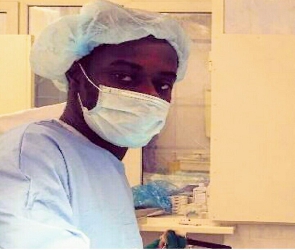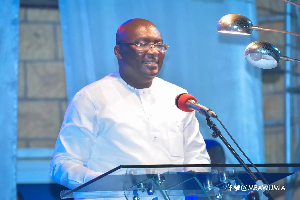The spine is a remarkable structure that gives our bodies flexibility and support. The road to a healthy and pain-free life may seem difficult for those with scoliosis, a disorder marked by an abnormal lateral curve of the spine. I have had the privilege of assisting scoliosis patients in comprehending and managing their condition as a neurosurgeon. I intend to shed light on scoliosis in this piece, including its impacts and various treatments.
When the spine is affected by scoliosis, it deviates from its typical, straight alignment and, when viewed from the front or back, forms an 'S' or 'C' curve. Scoliosis can afflict persons of any age, even though the majority of cases are discovered in teens. Scoliosis has a wide range of causes, including genetics, neuromuscular disorders, and idiopathic factors.
Scoliosis can be challenging to treat because it affects both one's physical health and one's sense of self. Here are some possible effects on people: Back discomfort is a common symptom of scoliosis, and it can affect a patient's daily activities and general quality of life. Scoliosis frequently causes obvious
alterations in posture, which can cause problems with self-esteem and body image.
Breathing difficulties and other respiratory problems can result from severe scoliosis curves that compromise lung function. Early management is essential to reduce severe curvatures in scoliosis given that it may progress.
The key to managing scoliosis effectively is early identification. Pediatricians frequently detect scoliosis during routine checkups and a conclusive diagnosis is confirmed using X-rays or other imaging methods. The method of treatment is determined by the degree and kind of scoliosis.
The best course of action for minor scoliosis curves, particularly in teens, may involve observation and routine monitoring. The curvature may occasionally remain stable and not need to be treated. Orthopedic braces can stop the advancement of the curvature in mild situations.
Bracing works best when used during adolescence, while the body is developing. Physical therapy and specific exercises can enhance posture and spinal muscular strength, which can assist in treating moderate scoliosis. Surgical surgery could be required in extreme situations or when scoliosis progresses despite various therapies. To repair the curvature, spinal fusion surgery includes straightening and fusing the spine using rods, screws, or other hardware.
Scoliosis treatment is extremely personalized, taking the patient's age, the severity of the curve, and general health into account. To achieve the greatest results, it is essential to involve patients and their families in the
decision-making process. There is hope even though scoliosis can be a difficult condition. The quality of life for a patient can be considerably enhanced by early discovery, treatment, continued care, and education. Scoliosis patients must speak with medical experts, such as neurosurgeons or orthopedic doctors, who may offer advice and create a specialized treatment plan.
This article examines the role of neurosurgery in the management of scoliosis and provides information on the most recent developments that are changing the lives of those who suffer from this condition. To choose the best course of treatment for scoliosis, an accurate diagnosis and examination are essential. Neurosurgery is important in the management of scoliosis, particularly when surgical intervention is required.
The main surgical technique used is spinal fusion, a surgery designed to straighten the spine and stop the curvature from further progressing. To realign and stabilize the spine, neurosurgeons employ specialized instruments including rods, screws, and cables. These devices give the fusion process stability and support.
To prevent motion between vertebrae, two or more vertebrae are permanently fused. As a result, the spine becomes straighter and more stable, halting the progression of curvature. Minimally invasive scoliosis surgery methods have been developed as a result of improvements in neurosurgical techniques. These methods involve fewer incisions, less disruption of the muscles, and speedier patient recoveries.
Neurosurgical scoliosis treatment is very individualized. Age, degree of curvature, and general health of the patient all factor into the choice to have surgery. To ensure that the selected treatment is in line with the patient's goals and expectations, it is essential to involve patients and their families in the decision-making process.
Although scoliosis can be difficult, there is still hope. The quality of life for people with scoliosis can be considerably enhanced by early diagnosis, effective treatment, as well as continued support and education. Scoliosis patients must contact and receive treatment from licensed neurosurgeons who are experts in spinal problems.
For those with scoliosis, the science of neurosurgery is always developing, bringing fresh hope and better outcomes. Our goal as we advance is to straighten the trajectories of scoliosis patients, enabling them to live healthier, pain-free, and more satisfying lives.
In conclusion, although scoliosis can initially seem frightening, patients can enjoy happy lives with prompt diagnosis and a thorough approach to therapy. We can assist people with scoliosis in navigating the curves in their path and working toward a future free from pain and restrictions by raising awareness and
encouraging early intervention.
Opinions of Saturday, 21 October 2023
Columnist: Dr. Simon Badu
Navigating the curves of scoliosis: Insights from a Neurosurgeon
Entertainment


















